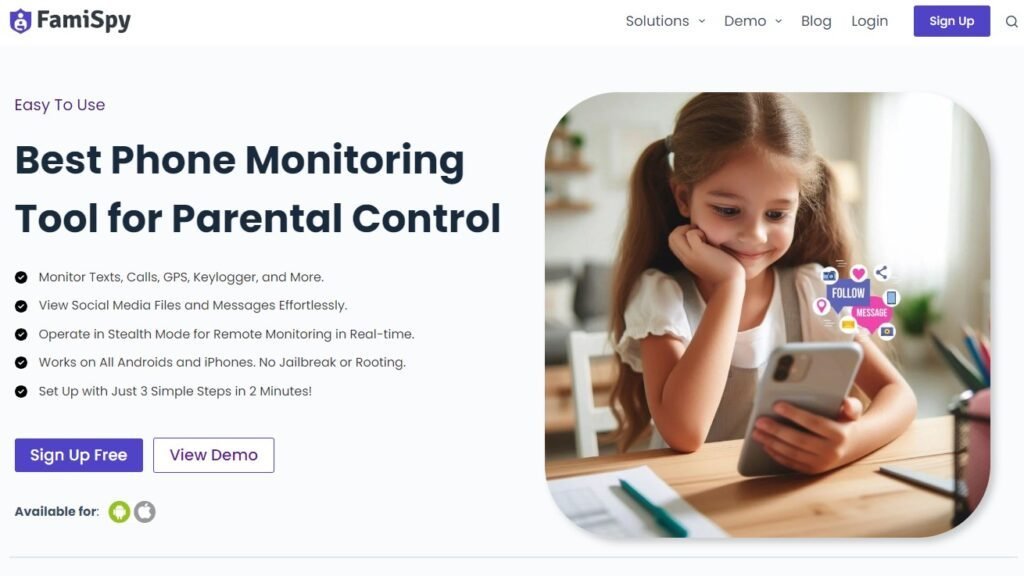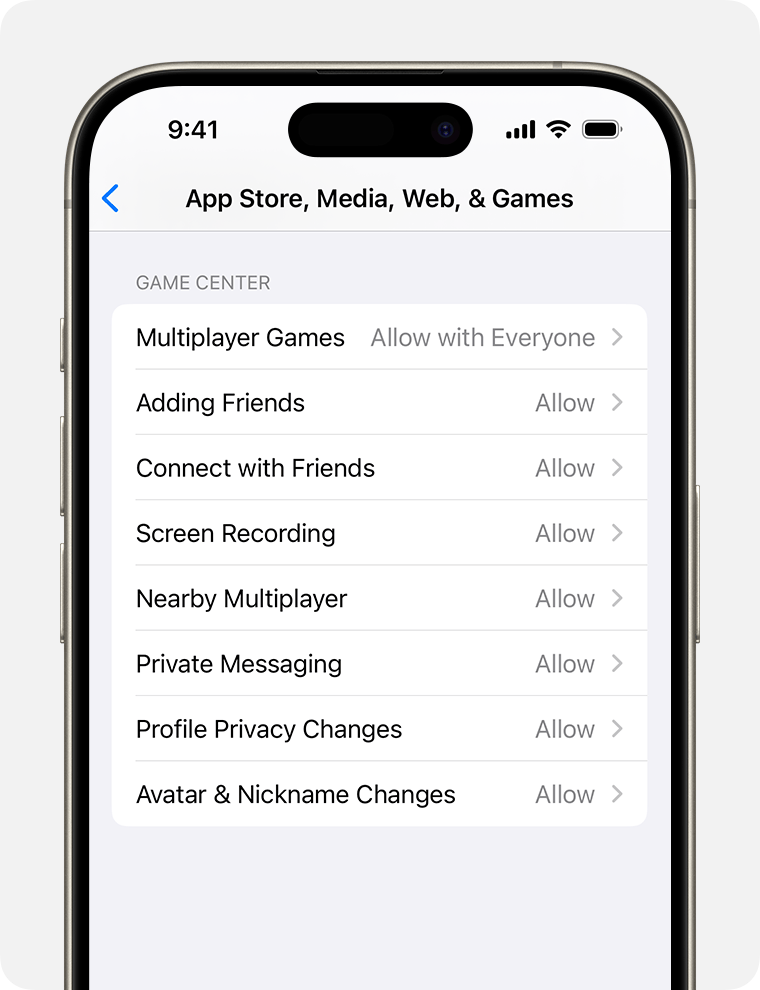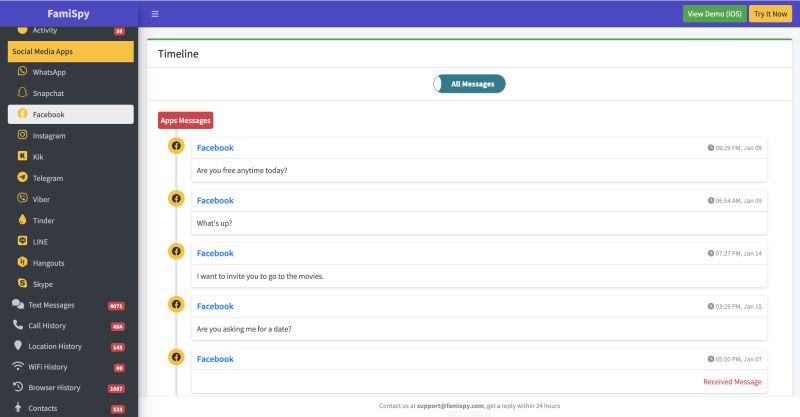As the internet becomes essential to everyday life, we must learn how to protect our children while they use it. You understand the importance of letting your child access digital benefits while you seek ways to keep them safe from online threats. Children need protection online, so parents must learn how to track Internet use while maintaining respect. I’ll take you through some helpful steps to monitor your child’s online activities and recommend a useful tool for ease.
Why Should We Monitor Child’s Online Activities?
Monitoring our children’s online activities serves to protect them from cyberbullying and online predators, as well as inappropriate content, while helping them establish positive digital habits. When we know what they engage with online, we can provide better guidance.
I discovered that my child was dedicating several hours daily to social media, where they constantly compared themselves to others, which resulted in harm to their self-esteem. Using mild supervision and observation provided me the opportunity to engage my child in an honest discussion contrasting online personas with real life.
6 Ways to Monitor Child’s Online Activities
1. Keep Communication Open
The success of any monitoring strategy depends on maintaining robust communication. When parents maintain open discussions about their children’s Internet usage, they create a trusting space that helps children feel comfortable sharing their online experiences. Your children need to know that your monitoring actions stem from caring about their safety and not from wanting to control them.
Notice: During these conversations, maintain a relaxed tone to avoid creating interrogation-like situations. Approach your conversations about their online activities informally and naturally while maintaining a balance between listening and speaking. When you treat your child with respect they become more open to sharing their online experiences with you.
2. Use Parental Control Software
Even when parents maintain excellent communication with their children, they will still not know every online experience their child encounters. Tools like FamiSpy provide a secure method for parents to access critical information about their child’s online behavior, including app usage and social media activity.

Notice: Select monitoring software that protects your child’s privacy while providing you with necessary updates. A balance between protection and respect is essential because some parental control tools create an invasive feeling for children. The FamiSpy app lets you intervene solely when it’s needed which helps your child develop independence.
3. Set Clear Guidelines and Boundaries
When you establish boundaries, children learn about appropriate behavior. Through their participation in these decisions, they take responsibility for their actions.
Notice: The rules must be understandable and suited for your child’s age group. When rules seem too restrictive to your child they may try to bypass them leading to problems. Modify guidelines based on your child’s development and regularly check their relevance.
4. Educate About Online Privacy
Teaching your child about online privacy represents one of the most powerful actions that a parent can take toward their child’s safety. Users need to be aware of the dangers that come with personal information disclosure and engaging strangers online. Discuss the implications of their actions online and motivate them to inquire about anything they don’t understand.

Notice: Relatable examples about specific risks like location sharing help teach privacy lessons effectively instead of presenting an overwhelming message about internet dangers.
5. Review App Permissions and Settings Together
A lack of understanding about how app permissions function exposes kids to potential privacy risks. Reviewing app permissions and privacy settings together teaches kids to protect their information and manage their online visibility.

Notice: Avoid taking over the process completely. Guide them through making decisions to understand the importance of privacy settings. By learning through direct interaction, they grasp privacy settings’ value, which turns the lesson into an interactive experience instead of a one-sided talk.
6. Encourage Safe Gaming Practices
The world of online gaming presents special safety concerns such as risks from online predators and bullying behavior. Certain parental tools contain safe gaming features that track in-game conversations and inform parents about possible dangers.
Notice: Gaming serves as an important social outlet for kids despite the necessity of monitoring their activities. Work together with them to learn safe gaming practices instead of limiting their time spent gaming. Explain the limits of talking to strangers while stressing the importance of reporting any disturbing encounters.
Why I Recommend FamiSpy for Monitoring Your Child’s Online Activities
During my search for a child monitoring tool that operates respectfully and efficiently, I discovered that FamiSpy stands out as the best option. Several features make FamiSpy an excellent choice for parents who want to monitor their child’s online activities:
- Real-Time Location Tracking – The application provides real-time location tracking which enables users to monitor online activity and receive precise location details. This comprehensive tool provides me peace of mind because it functions as a complete monitoring solution for my child’s whereabouts when they are with friends.
- App Usage Tracking – By using FamiSpy, I can monitor the duration my child spends on each app they use.
- Detailed Browsing History – FamiSpy enables me to examine my child’s browsing history, which helps identify online interests while protecting them from dangerous websites.
- Social Media Monitoring – This tool enables me to monitor my kids’ social media activity since they spend so much time online while still respecting their privacy. FamiSpy delivers platform message insights that enable you to determine whether any content requires your attention.
- Ease of Use – Let’s face it: I simply don’t have the time to learn how to use new software. Any parent can quickly learn how to use FamiSpy because it offers a straightforward interface that provides essential information without requiring extensive training.

Striking the Right Balance in Monitoring Your Child’s Online Activities
We often experience ambivalence as we navigate between protecting our children and becoming an overbearing parent. FamiSpy and open communication provide parents with the means to establish an appropriate balance. Leveraging available tools and establishing clear guidelines enables us to protect our children online while avoiding excessive monitoring.
Don’t Miss:








